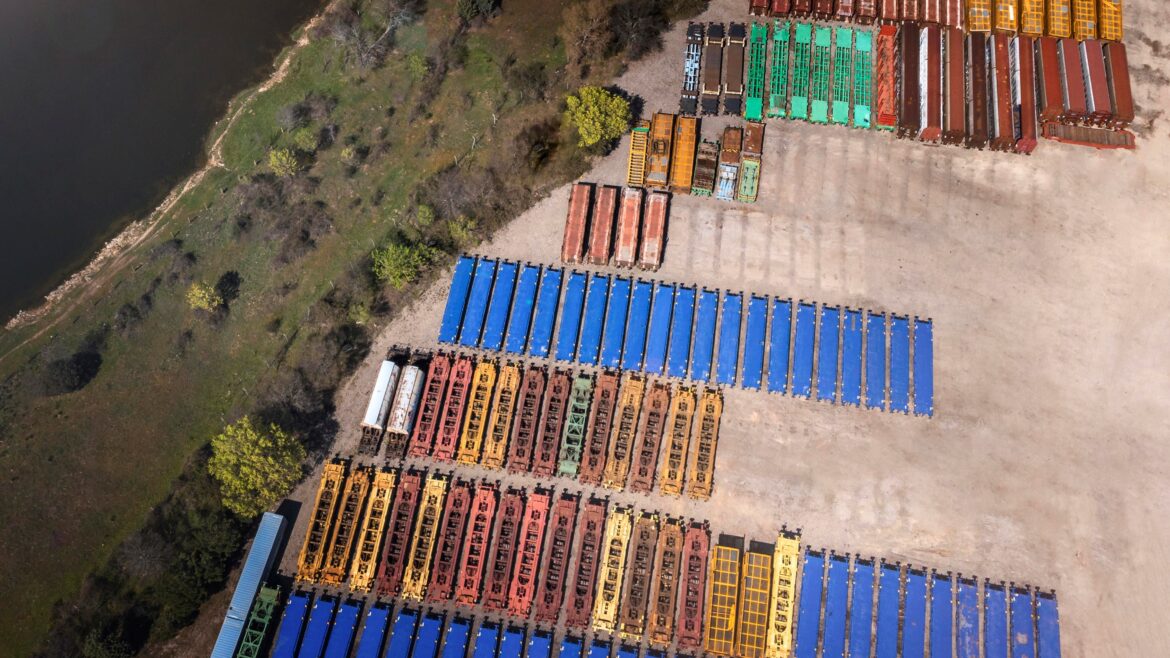Matarbari is moving from plan to construction, giving Bangladesh a chance to set clear, predictable rules for shipping in the Bay of Bengal that can cut costs, speed deliveries and boost jobs. The planned terminal will have a 760 metre quay, a 16 metre depth and a large yard, and Japan-backed builders and lenders are tied to the work, including financing for a 27 kilometre access road that links the site to the national highway so ships and trucks can reach it. Deep berths can attract direct calls by large mother vessels rather than forcing cargo onto feeder services and distant transshipment hubs, reducing handling steps, shortening transit time and trimming hidden fees. Removing a hub leg can shave hundreds of dollars per container in handling and working capital, while better schedule reliability cuts the chance of rollovers and surcharges that hurt exporters. For an export-focused economy that relies on time-sensitive goods, those savings help keep orders local and protect jobs. Hardware alone will not deliver results; governance must lead. Officials should publish a tariff roadmap, set congestion surcharge triggers, create green-lane incentives and keep a grievance mechanism. Inland systems must keep pace with strict truck appointment windows, bonded shuttle lanes, staging yards and pre-positioned rail sidings so gates handle thousands of trucks a day without chaos. Matarbari should be part of a two-hub strategy so nearby terminals absorb volume and shorten waits while this port concentrates on deep-draft calls that raise predictability for carriers. Operational rules matter: publish cut-off times, enforce appointment systems and tie gate analytics to port data. Bangladesh can also lead regionally by launching a Bay of Bengal Maritime Safety Forum that brings neighbours, insurers and port operators together to share incident reports, AIS data, pilotage standards and joint search and rescue drills. Climate risks must be written into operating plans, including tug escort thresholds, wind limits and clear protocols for reopening berths after storms, and independent audits with monthly progress bulletins will keep the public informed. If the terminal is finished on time, priced predictably and run with steady rules and good road links, carriers will find it easier to schedule direct calls and exporters will get faster, cheaper service. Planners say Matarbari could handle 8,000-plus TEU mother vessels and, with careful channel work and under-keel clearance, might accommodate 14,000 TEU class ships. Paired with a nearby deepwater terminal that has marine works to boost capacity and resilience, the two-hub approach spreads traffic and gives carriers clear alternatives and support sustainable growth locally.
Matarbari Port will make Bangladesh a reliable Bay of Bengal shipping hub
9


